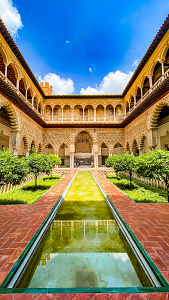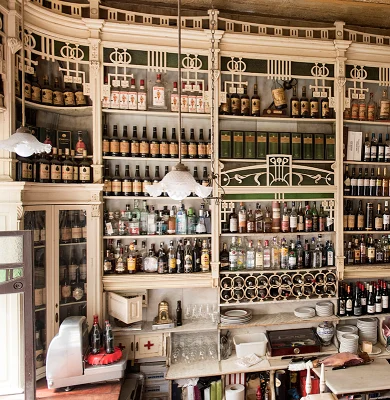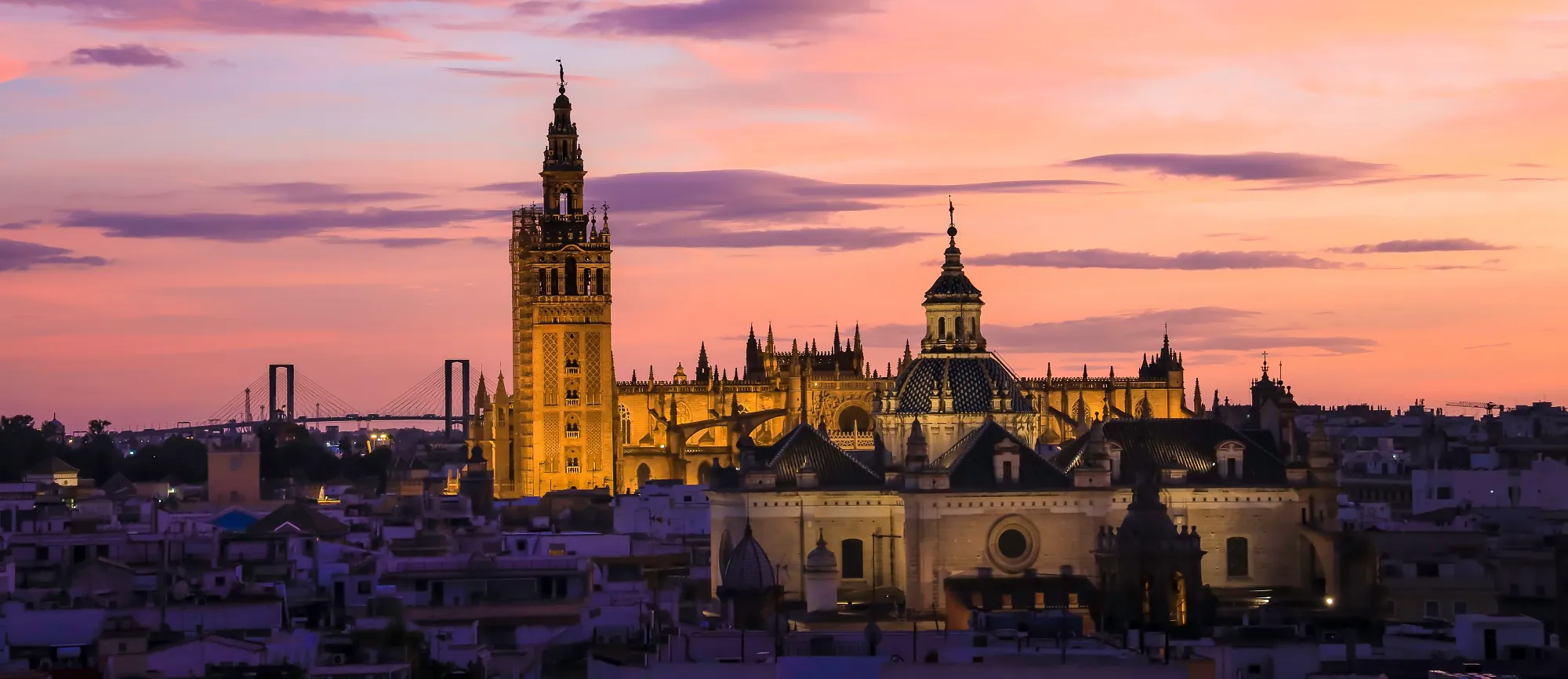Introduction
As Europe’s warmest city, Seville offers all-year round sun, a thriving culinary scene and heaps of historical monuments. Situated in southern Spain, the capital of the autonomous community of Andalusia can trace its roots to ancient times, with Roman, Moorish and Christian influences evident throughout the city.
Seville’s April Fair sees the streets come alive with flamenco music and the smell of orange blossom, while if you’re looking for a taste of the region, there are more than 3,000 tapas bars to pick from. Enjoy great international connections too, with Seville Airport less than half-an-hour by train or car to the northeast of the city centre.
The Weather
Seville experiences the extremes of Mediterranean climate and can get very hot in the summer, with average highs of 36°C in July and August. Temperatures regularly top 40°C in the summer months too, while even the coldest month of January sees average highs of 15°C. You can expect extremely limited rainfall from June to September, and even in March – the wettest month – it only rains on an average of eight days.
Top things to do in Seville

With a rich history dating back several thousand years, many of the top things to do in Seville enable you to uncover the city’s heritage. It’s home to no less than three UNESCO World Heritage Sites, including Seville Cathedral, where you can find the tomb of great explorer Christopher Columbus.
Then there’s the Royal Alcázar of Seville, a grand palace originally built by the Moors in the 10th century, which includes the striking courtyard, Patio de las Doncellas. The third site is the Archivo General de Indias, found in the city’s 16th century merchants’ exchange. Here you’ll find archived documents and exhibitions detailing Spain’s history in the New World, including in both Asia and America.
Climb the Giralda Tower, one of few remaining Moorish buildings in the city, for views of courtyards packed with orange trees. Alternatively, head to the rooftop terrace of Seta de Sevilla for your panoramas, a huge Instagram-friendly structure in the city’s old quarter.
The Plaza de Espana is a vast square showcasing spectacular architecture, or head to the Triana district with its colourful craft stalls for mementos of your trip. There’s plenty of fascinating museums to visit in Seville too, including its museum of fine arts (deemed one of Spain’s most important museums), as well as institutions dedicated to flamenco dancing, archaeology, military history and bullfighting, among others.
Where to stay?
5-star luxury can be found by staying at the Hotel Colón Gran Meliá described as one of the oldest hotels in Seville and close to all the major places to visit including those looking for retail therapy.
Based in the old Jewish Quarter is the very discrete Casa del Poeta so discrete it does not have a sign! Just a five minunte work from UNESCO heritage sites of the Seville Cathedral and the Alcazar Royal Palace and close to the shopping this hotel mixes Roman (the owner is from Italy) and local Andalusian influences in a typical Seville style property.
Newly built 4-star H10 Casa de la Plata is also located centrally and with a more contemporary vibe this hotel boasts an exclusie central coutyard, plunge pool and bars. Readers looking for quality hotel on a budget price should checkout Hotel Fernado III. A classic and distinguished hotel in the heart of Seville, with all the home comforts another city centre hotel close to all main attractions.
Best restaurants in Seville

You’ll find many top restaurants in Seville, offering everything from fine dining to street food and quick bites. The city is renowned for its tapas, especially in its Old Town, and there’s no shortage of places to try, including in the areas of Alameda, Nervión and Triana.
Some options include El Rinconcolli, Seville’s oldest tapas bar having opened in 1670, as well as Eslava, Bodega Dos de Mayo and La Taberna. Keep an eye out for some of the city’s delicacies on menus too, namely ‘adobo’, small portions of marinated dogfish, and ‘gazpacho’, a cold soup dish.
Visit the Lonja de Feria food market for a range of culinary delights, while the Lonja del Barranco on the bank of the Guadalquivir River is home to around 20 different vendors. Numerous food tours operate in the city too, giving you a chance to sample some of the best experiences and dishes on offer. For fine dining, Seville is home to two Michelin-starred establishments: enjoy creative takes on gastronomy at Abantal, while Cañabota is famed for its seafood dishes.
What’s nearby
The spectacular wetlands of the Doñana National Park are located to the southwest of the city, a collection of marshes, lakes and waterways which provide a wintering site for more than half a million waterfowl each year. The ancient port city of Cadiz is around 120km to the south, while the popular holiday destination of Malaga is around two-hours by high-speed train to the southeast.
More information visit Seville Tourism website.
Ready to Visit?
If you are hiring a car Questor's car hire excess insurance will save you money and provides a benefit packed insurance solution to covering the car hire excess and other risks that can ruin a great holiday. It is essential to buy travel insurance when travelling overseas please don't leave home without it.

